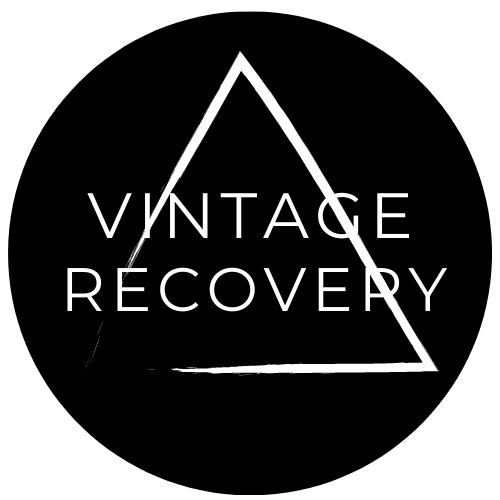
EU Approves Ban on Destruction of Unsold Textiles
Share
In a world where environmental consciousness is increasingly at the forefront of global agendas, the European Union (EU) has once again taken a bold step forward. In a bid to tackle the escalating issue of textile waste and promote sustainability, the EU has implemented a ban on the destruction of unsold textiles and footwear. This landmark decision marks a significant milestone in the EU's commitment to a circular economy and underscores its dedication to reducing waste and minimising environmental impact.
The Problem at Hand
The textile and footwear industry is notorious for its wasteful practices, with vast quantities of unsold or unsalvageable products often ending up in landfills or being incinerated. This not only contributes to environmental degradation but also represents a considerable loss of resources and economic value. According to recent estimates, the fashion industry alone generates over 92 million tons of textile waste annually, highlighting the urgent need for action.
A Sustainable Solution
Recognising the urgency of the situation, the European Union has taken decisive action to address the issue. The ban on the destruction of unsold textiles and footwear, prohibits manufacturers and retailers from disposing of unsold products through methods such as incineration or landfilling. Instead, they are required to explore alternative avenues for the reuse, recycling, or repurposing of these goods.
Promoting a Circular Economy
At the heart of the EU's initiative lies the concept of a circular economy – an economic model designed to minimise waste and maximise resource efficiency. By implementing measures to extend the lifespan of products and facilitate their reintegration into the production cycle, the EU aims to create a more sustainable and resilient economy. The ban on the destruction of unsold textiles and footwear is a crucial step towards achieving this goal, encouraging stakeholders to adopt practices that prioritise longevity and minimise waste generation.
Encouraging Innovation and Collaboration
In addition to addressing environmental concerns, the EU's ban presents an opportunity for innovation and collaboration within the industry. With the traditional practice of destruction no longer an option, manufacturers and retailers are incentivised to explore creative solutions for managing unsold inventory. This may involve partnering with recycling facilities, developing new technologies for textile recycling, or exploring alternative business models such as rental or resale platforms.
Challenges and Considerations
While the EU's ban on the destruction of unsold textiles and footwear represents a significant step forward, it is not without its challenges. Implementing effective strategies for the reuse and recycling of these products will require investment in infrastructure, technology, and education. Additionally, stakeholders must navigate logistical and regulatory hurdles to ensure compliance with the new regulations. However, the potential benefits – both environmental and economic – far outweigh the challenges, making this initiative a crucial driver of sustainable change.
Looking Ahead
As the European Union leads the charge in addressing the issue of textile waste, other regions and jurisdictions are likely to follow suit. By setting a precedent for bold and decisive action, the EU is paving the way for a more sustainable future for the global fashion industry. However, achieving meaningful progress will require continued collaboration and commitment from all stakeholders, including manufacturers, retailers, consumers, and policymakers. Together, we can build a world where waste is minimised, resources are conserved, and the planet thrives for generations to come.
